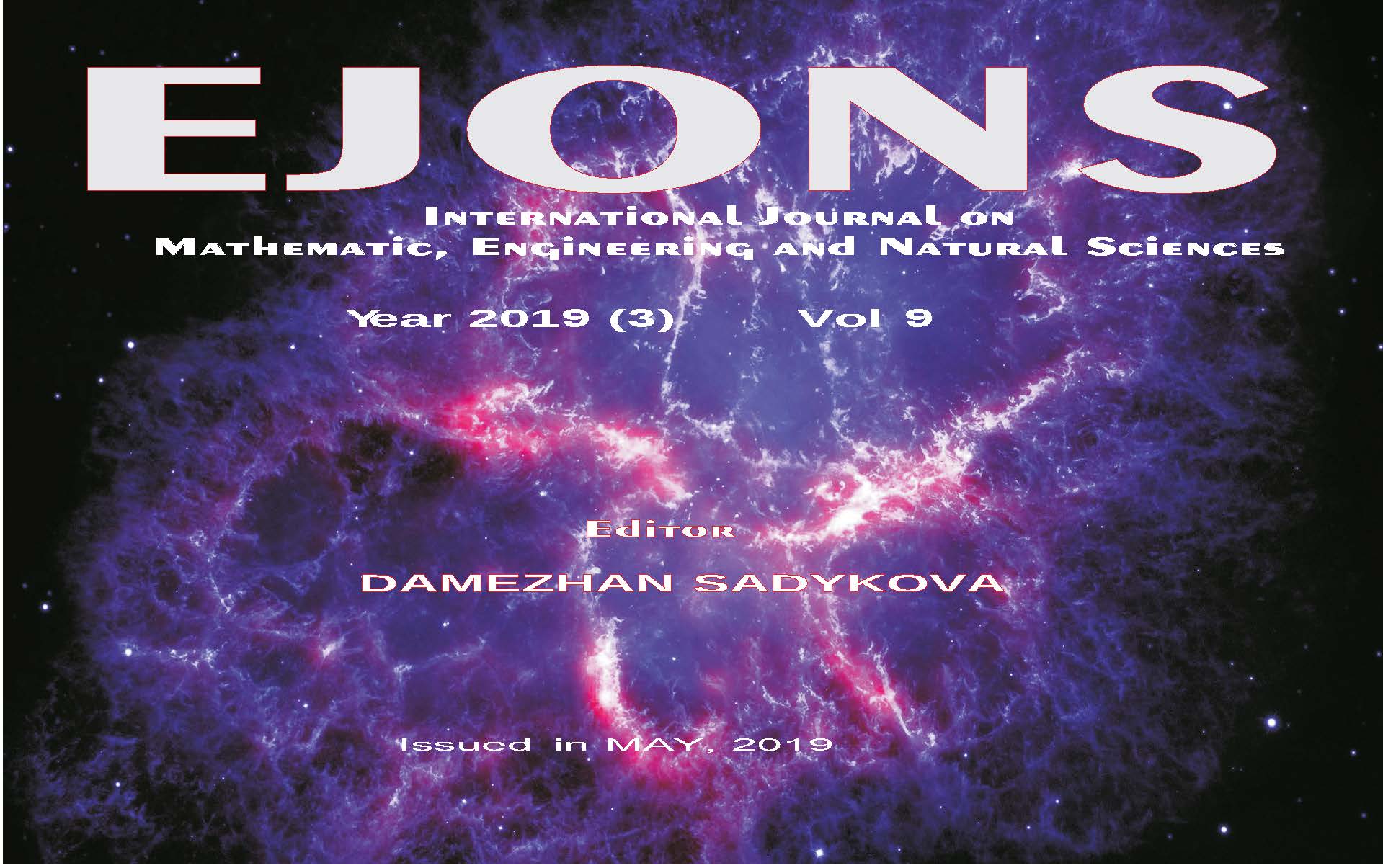INVESTIGATION OF INTERNAL AIR QUALITY PARAMETERS IN HARRAN UNIVERSITY-OSMANBEY CAMPUS TRANSPORTATION VEHICLES
Keywords:
Indoor Air Quality, CO2 level in buses, Harran UniversityAbstract
The convenience in public transportation is one of the most significant factors that determine the economic and social development of cities and the quality of livability. It is important that people can easily travel to their homes, workplaces and schools, and they do not have any problems in terms of transportation in their social lives. Public transportation vehicles (metro, bus, etc.) are globally preferred both in terms of environment and economic reasons. On a daily basis, people spend 7% of their time on public transport vehicles. Buses have a limited area in which indoor air pollutants are produced togother with the input received from outside environment. The levels of pollutants in indoor air general are generally 2 to 5 times higher than outdoor air, and can sometimes be more than 100 times in some exception cases. Nowadays, exposure to air pollutants and possible risks of health have become a issue of concern for people. In Turkey, the most commonly used public transport are buses. The use of buses so frequently can lead to negative consequences for both bus drivers and employees. It is commonly accepted that IAQ (indoor air quality) levels under the standards affect performance, health and comfort negatively. The concentration of CO2 (carbon dioxide) in the IAQ is considered to be an indicator of pollution. Exposure to high CO2 concentrations for a long period of time may cause some health symptoms (such as dizziness, vomiting, headache, lack of concentration, etc.) and, as CO (carbon monoxide) is a toxic gas, exposure to CO may end up with death. Accurate monitoring and estimation techniques are therefore necessary to regulate IAQ to ensure that passengers are healthy. Harran University is one of the oldest universities in history. The university has about 17 thousand students in the Osmanbey Campus and the Research and Application Hospital is also located on the campus. Considering the usual passenger profile travelling to the campus, the buses are quite crowded because the majority of travellers are students, patients, academic staff, patient relatives and visitors. In this study, measurements for CO, CO2, temperature and relative humidity levels in buses that provide transportation between Sanlıurfa city center and Harran University, Osmanbey Campus (22 km) were carried out on weekdays and at weekends over the course of two periods between January and March at 8:00 to 17:00. The results obtained were compared with the ASHRAE standard CO21000 ppm and with a 10 ppm limit for 8 hours CO exposure according to the Air Quality Assessment and Management Regulation. It was found that the CO2 concentration in the bus environment over the weekdays exceeded the standard and did not exceed the standard at the weekend. It has been identified that higher levels of CO and CO2 in public transport were caused by both the number of passengers and inadequate ventilation.
Downloads
Published
How to Cite
Issue
Section
License

This work is licensed under a Creative Commons Attribution-NonCommercial 4.0 International License.


